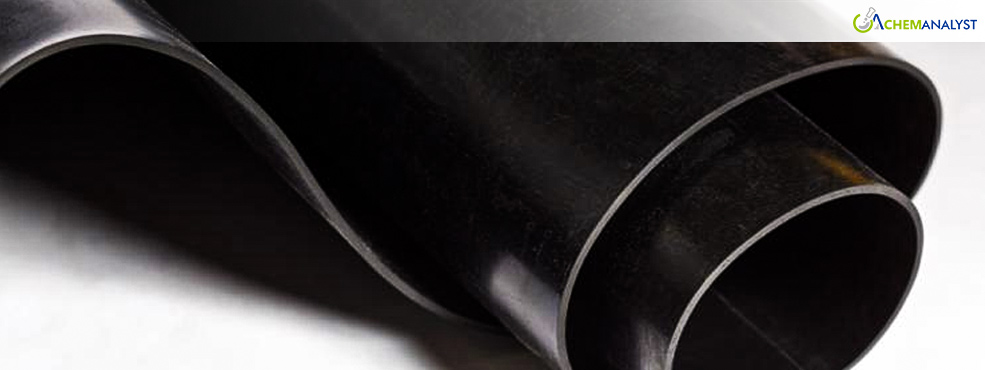Welcome To ChemAnalyst

In the global market, Neoprene Rubber prices declined in September, primarily due to reduced demand from major economies like the USA, which counteracted the upward pressure from rising feedstock prices, especially Butadiene. Additionally, weak supplier actions and ample inventory availability have further contributed to the downward trend in Neoprene Rubber prices this month. The combination of weaker downstream market demand and sufficient stock levels has offset the impact of higher production costs, leading to a price drop for Neoprene Rubber.
In the US market, Neoprene Rubber prices experienced a significant drop in September, primarily due to a reduction in imported prices from Japan. Meanwhile, Butadiene prices increased by 2.88%, counteracting Neoprene Rubber pricing dynamics in the downstream market. U.S. vehicle sales also saw a sharp decline, with around 1.17 million units sold, marking a 21.4% drop from the previous month and a 14.5% decrease year-over-year. In the aerospace sector, Boeing strikes led by unions demanding a 40% pay rise and restoration of pension benefits severely impacted aircraft production, resulting in lower sales during September. The U.S. manufacturing sector also faced difficulties, with the Manufacturing PMI falling below the threshold limit, signaling deeper contraction. Additionally, ample inventories due to preaccumulated stocks and lower demand contributed to Neoprene Rubber price decline. The decrease in freight charges, especially from Far East to South America East Coast routes, reaching $7,476 per 40’ container, further pushed Neoprene Rubber prices down. According to the U.S. Census Bureau, imports of Chloroprene based rubber increased by 35.1% in July, reaching 827.309 MT, which also influenced the overall market outlook.
In the European market, particularly in Germany, the price of Neoprene Rubber saw a significant decrease in September, dropping to 4480 USD/MT FOB-Hamburg, which marked a 4.1% decline compared to the previous month. Conversely, the price of its major feedstock, Butadiene, continued to rise during the same period. In the downstream automotive sector, a total of 208,848 units were sold in September, reflecting a 5.8% increase from the previous month, though a 7.0% decrease year-on-year, according to data from the KBA federal transport authority. In the aerospace sector, Airbus delivered 50 jets in September, a 9% decrease from 55 jets a year ago, although deliveries for the first nine months were ahead overall, with the company pushing for stronger output in the final quarter. Despite this overall positivity in both upstream and downstream markets, the major overseas market in the USA reported lower demand and weaker performance, which significantly impacted Neoprene Rubber's pricing dynamics within the European market. Additionally, the region experienced sufficient availability of Neoprene Rubber inventories, despite the tight supply of Butadiene. According to the Federal Statistical Office of Germany, a total of 2,192 MT of Chloroprene-based rubber was exported from Germany, marking a 7.3% decrease compared to the previous month. This combination of factors, including feedstock pricing trends, sector performance, and global demand shifts, has influenced the overall price trend of Neoprene Rubber in the regional market.
ChemAnalyst anticipates that Neoprene Rubber prices are expected to follow a bullish trend in the upcoming sessions. This forecasted Neoprene Rubber price increase is largely attributed to rising feedstock costs, particularly Butadiene, which is expected to drive up the production costs of Neoprene Rubber. Additionally, anticipated positive demand trends from key markets such as the US and China are expected to contribute to further price support, as stronger overseas demand will likely bolster the overall market sentiment for Neoprene Rubber.
We use cookies to deliver the best possible experience on our website. To learn more, visit our Privacy Policy. By continuing to use this site or by closing this box, you consent to our use of cookies. More info.
